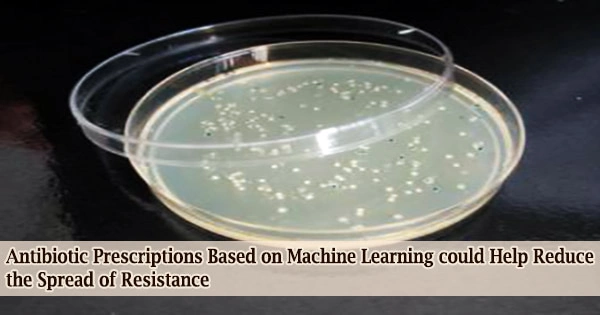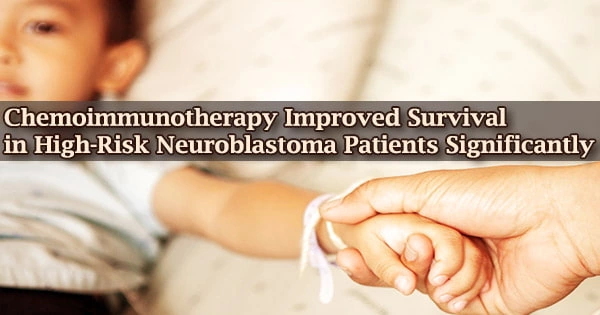Antibiotics are a two-edged sword: on the one hand, they are necessary for the treatment of bacterial infections. Their use, on the other hand, encourages the emergence and spread of antibiotic-resistant microorganisms.
The researchers created an antibiotic dosing algorithm that reduces the likelihood of antibiotic resistance by half using genetic sequencing techniques and machine learning analysis of patient records.
Professor Roy Kishony’s research group from the Technion Israel Institute of Technology Faculty of Biology and the Henry and Marilyn Taub Faculty of Computer Science collaborated with Professors Varda Shalev, Gabriel Chodick, and Jacob Kuint at the Maccabi KSM Research and Innovation Center headed by Dr. Tal Patalon on the paper, which was published today in Science.
The research, which focuses on two extremely common bacterial diseases, urinary tract infections and wound infections, explains how each patient’s previous infection history can be utilized to determine the optimal antibiotic to provide in order to limit the risk of antibiotic resistance.
Clinical infection treatment hinges on accurately matching an antibiotic to the pathogen’s resistance profile, but even well-matched medicines can fail since resistance can emerge during treatment.
We found that the antibiotic susceptibility of the patient’s past infections could be used to predict their risk of returning with a resistant infection following antibiotic treatment. Using this data, together with the patient’s demographics like age and gender, allowed us to develop the algorithm.
Dr. Mathew Stracy
“We wanted to understand how antibiotic resistance emerges during treatment and find ways to better tailor antibiotic treatment for each patient to not only correctly match the patient’s current infection susceptibility, but also to minimize their risk of infection recurrence and gain of resistance to treatment,” said Prof. Kishony.
Understanding that the establishment of antibiotic resistance may be predicted in individual patients’ infections was crucial to the approach’s success. Bacteria can gain resistance to antibiotics by randomly acquiring mutations, but the randomness of the process makes it difficult to predict and avoid.
The researchers discovered, however, that most individuals’ infections did not develop resistance due to random mutations. Instead, resistance developed as a result of reinfection by bacteria that were already resistant in the patient’s microbiome.
These findings were turned into an advantage by the researchers, who proposed that antibiotics be tailored not only to the susceptibility of the bacteria causing the patient’s current infection but also to the bacteria in their microbiome that could replace it.
“We found that the antibiotic susceptibility of the patient’s past infections could be used to predict their risk of returning with a resistant infection following antibiotic treatment,” explained Dr. Mathew Stracy, the first author of the paper. “Using this data, together with the patient’s demographics like age and gender, allowed us to develop the algorithm.”
The National Institutes of Health (NIH), the Israel Science Foundation’s Precision Medicine Partnership program, the Ernest and Bonnie Beutler Research Program of Excellence in Genomic Medicine, the European Research Council (ERC), the Wellcome Trust, and the D. Dan and Betty Kahn Foundation all contributed to the research.
“I hope to see the algorithm applied at the point of care, providing doctors with better tools to personalize antibiotic treatments to improve treatment and minimize the spread of resistance,” said Dr. Tal Patalon.
















